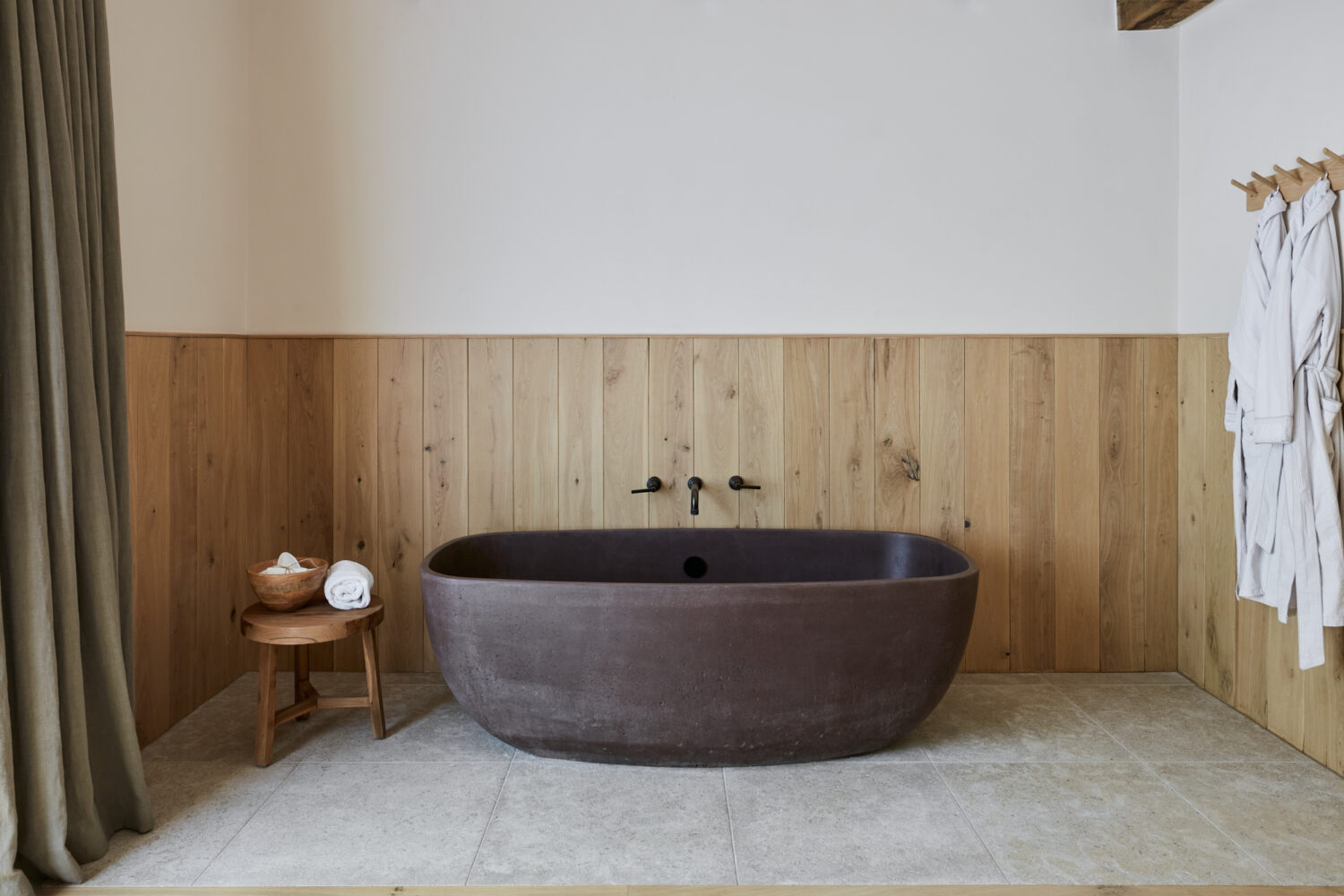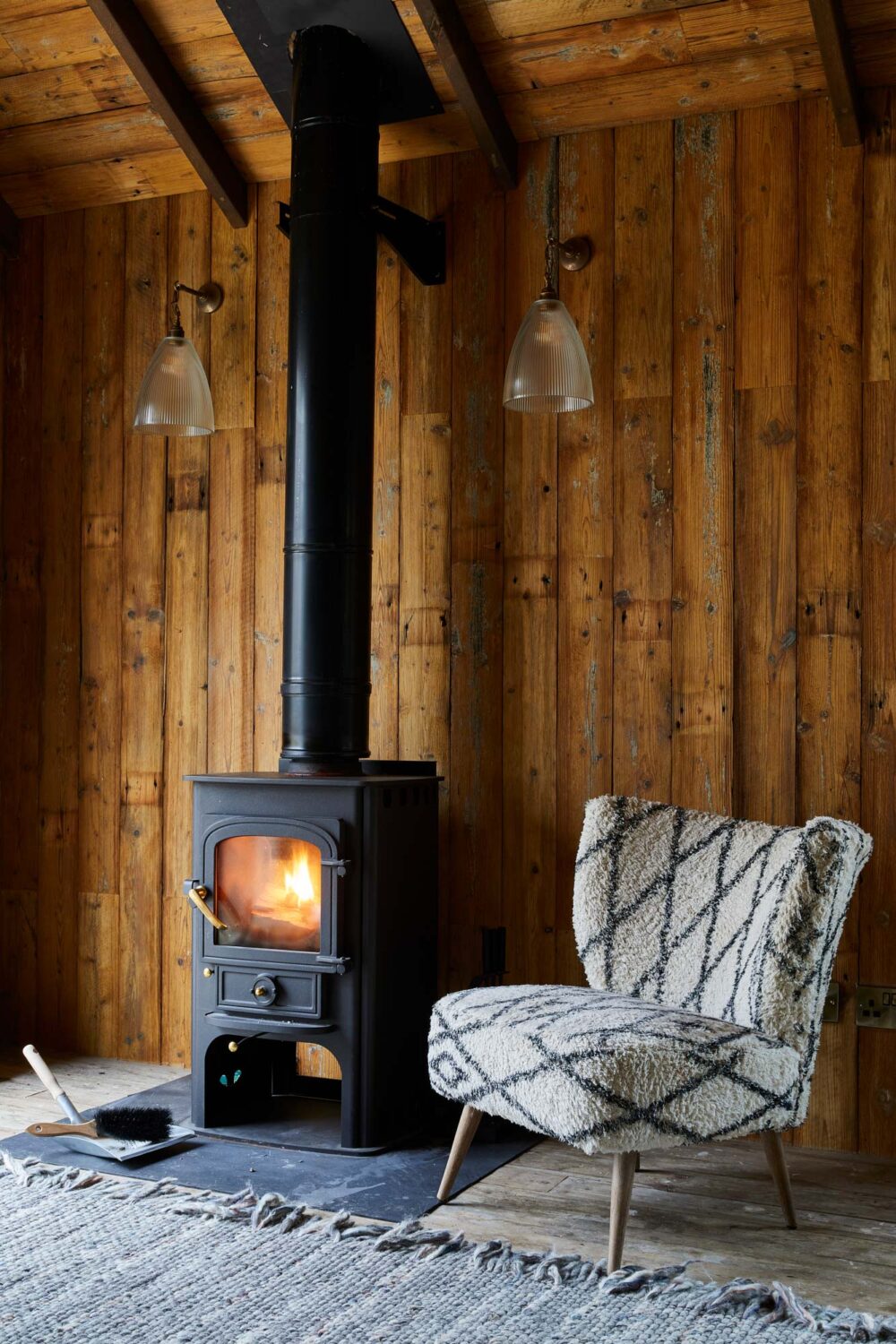Wood cladding has been a staple in architectural design for centuries, adding a touch of warmth, sophistication, and natural beauty to both traditional and modern spaces. In this journal post, we delve into the compelling reasons why using wood cladding is not just a design choice but a sustainable and enduring investment.

Aesthetics Beyond Compare
Wood cladding exudes a timeless and natural aesthetic that can elevate the visual appeal of any structure. The variety of wood species, grains, and finishes provide endless design possibilities, allowing homeowners and architects to create spaces that are unique, inviting, and harmonious with nature.
Versatility in Design
Wood cladding offers unparalleled versatility in design, making it suitable for a wide range of architectural styles. Whether you aim for a rustic cabin feel or a sleek modern look, it can be adapted to suit diverse design preferences, seamlessly integrating into both interior and exterior applications.
Sustainability and Environmental Impact
Opting for wooden cladding aligns with eco-conscious choices. Wood is a renewable resource, and when sourced responsibly, it contributes to sustainable forestry practices. Choosing wooden cladding over alternative materials helps reduce the carbon footprint and supports the longevity of forests.
Natural Insulation
Wood possesses inherent insulating properties, making it an excellent choice for cladding. It helps regulate temperature, providing a comfortable living environment while potentially reducing energy consumption and costs. This natural insulation also contributes to a more energy-efficient and eco-friendly structure.

Durability and Longevity
When properly maintained, wood cladding can withstand the test of time. Treated wood is resistant to decay, pests, and harsh weather conditions. Regular maintenance, such as sealing and staining, ensures longevity, making wood cladding a durable investment that stands strong for decades.
Health Benefits
Unlike some synthetic materials, wood does not emit harmful chemicals or allergens. Its natural and breathable properties make it an excellent choice for those who prioritise well-being and a healthy home environment.
Adaptability to Climate
Wood is a material that responds well to climate variations. It expands and contracts minimally, making it suitable for various weather conditions. This adaptability ensures that it remains structurally sound and visually appealing, even in challenging climates.

